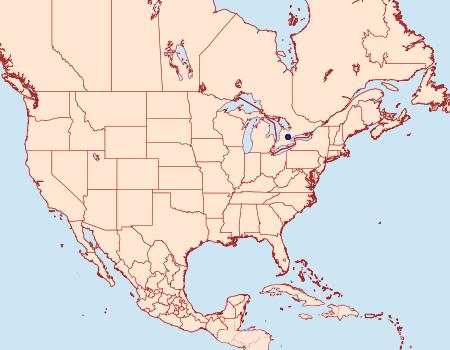990130n –
19130 Chrysodeixis chalcites
(Esper, 1789)
|
|
|
| Photographs are the copyrighted property of each photographer listed. Contact individual photographers for permission to use for any purpose. |

© Perry Hamson, UK Moths
|
| Distribution: |
Europe; Africa; Southeast Asia; Canada: BC. |
Seasonality
and Size: |
Multivoltine, up to nine generations annually in areas where species is currently established.
wingspan approximately 40mm. |
Larva and
Host Plants: |
Larvae feed on representatives of the Asteraceae (lettuce, sunflower, yarrow, and artichoke), Alliaceae (onion), Fabaceae (soybean, cowpea, lima bean, bean, clover, alfalfa, peanut), Brassicaceae (cabbage, broccoli, cauliflower, kale, brussel sprouts), Solanaceae (tobacco, tomato, eggplant, potato, bell pepper and chili pepper), Caricaceae (Papaya), Cucurbitceae (watermelon, cucumber, squash and pumpkin), Poaceae (corn, millet,), Convolvulaceae (sweet potato), Rosaceae (apple), and Labiatae (basil).
Larvae possess three prolegs (including the anal prolegs). Early stage larvae are pale green to white with a black head and thoracic shield, also with multiple white longitudinal lines laterally; later instars green with single distinct thin white lateral line. |
Description/
Field Marks: |
Forewings reddish brown with shiny gold patches. Center of forewing with two shiny silver spots, sometimes touching. Thorax with two distinct thoracic tufts. Hindwings uniformly brown with cream colored fringe. |
| Similar Species: |
- Distinguishable from Pseudoplusia by male genitalia.
- Pinned specimens of related species. (Hint: select View by Region on the related species page.)
|
|
| References |
- (1) National Agricultural Pest Information System website
- (2) CAPS Soybean pest descriptions website
- (3) Species Page at BOLD Barcoding Project - website.
|
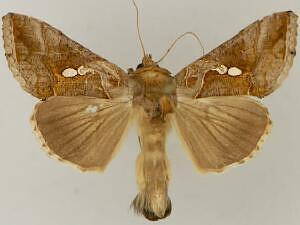
37mm - HI - LG – © Canadian Nat'l. Coll.
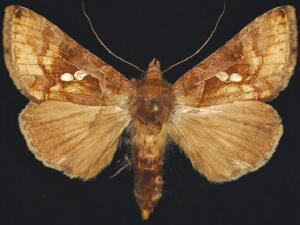 LG
LG – © Jim Troubridge - f.
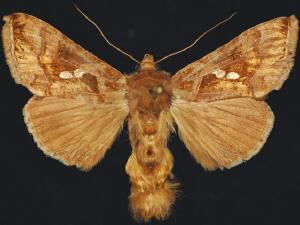 LG
LG – © Jim Troubridge - 
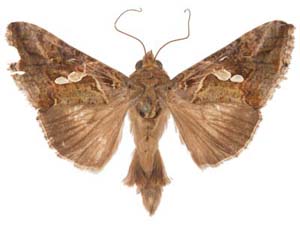
 – © Todd Gilligan
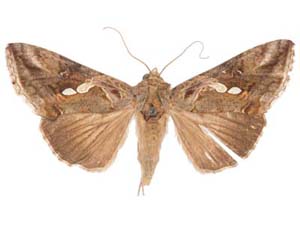
 – © Todd Gilligan
|
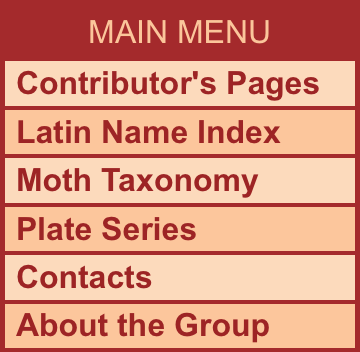




 – © Todd Gilligan
– © Todd Gilligan

 – © Todd Gilligan
– © Todd Gilligan

